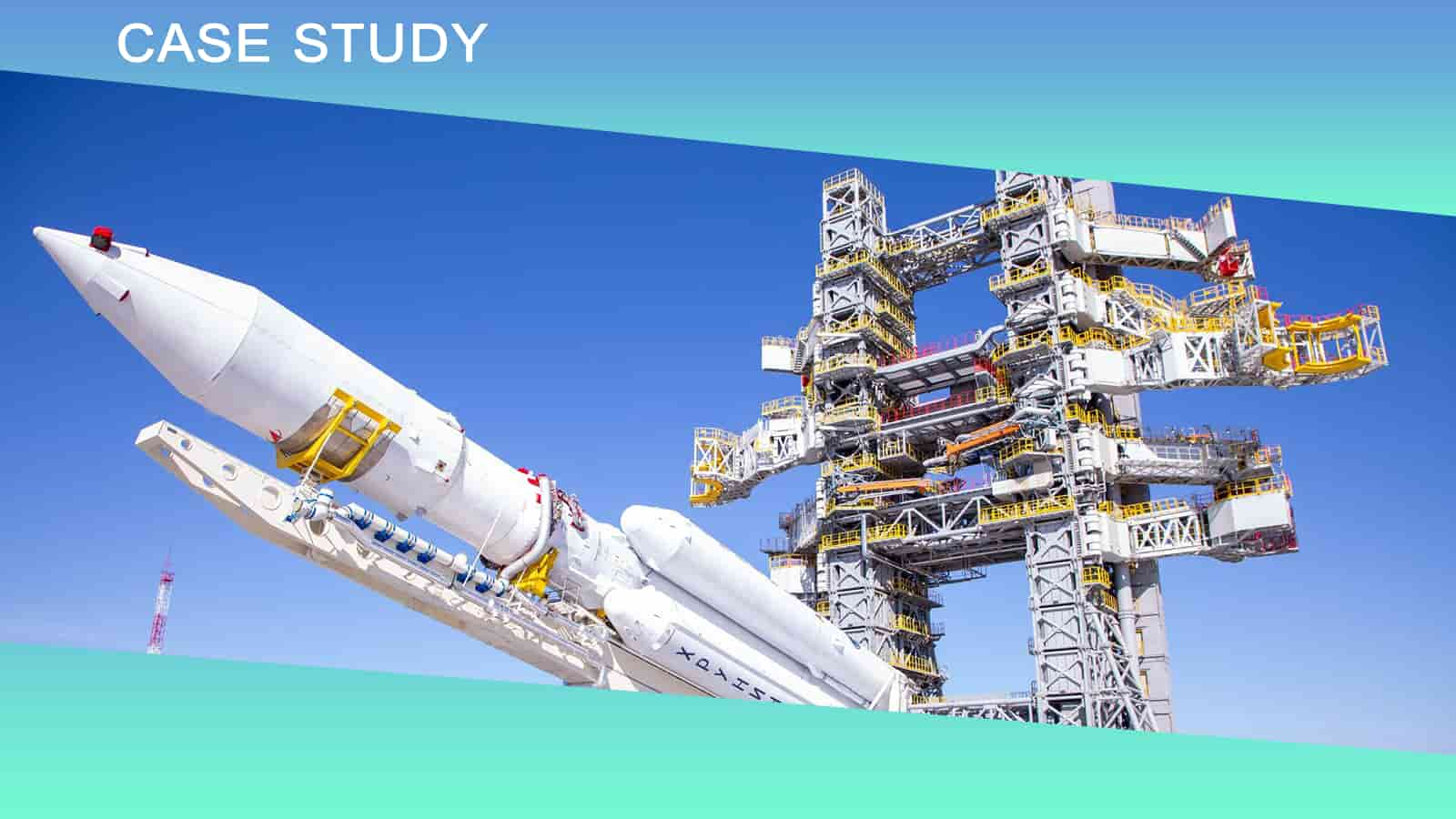The influence of low-pressure environment on quartz flexible accelerometers: A key consideration in aerospace applications
Jun 19, 2025
Explore how low-pressure environments in space affect quartz flexible accelerometers, their performance in aerospace applications, and why they remain ideal for micro-vibration monitoring.
In the monitoring of micro-vibration in the orbit of spacecraft, the quartz flexible accelerometer, with its high sensitivity and low noise characteristics, has become an ideal sensor choice for measuring static and dynamic accelerations. However, will the low-pressure environment in space affect its performance? This article will deeply explore this key issue.
Why is a low-pressure environment so crucial for accelerometers?
Imagine that when the spacecraft is operating in the low Earth orbit at a height of 500 kilometers from the ground, it is in a high vacuum environment with a vacuum degree of approximately 10⁻⁵ to 10⁻⁶ Pa. And when the quartz flexible accelerometer product is packaged, the internal pressure is 1 atmosphere. What effects will this pressure difference bring?
As the in-orbit operation time increases, the air inside the package will gradually leak out, and the air pressure will continuously decrease, eventually reaching equilibrium with the vacuum environment of space. During this process, the average free path of air molecules will continue to increase and even exceed 30 µm. The flow state will also gradually transition from viscous flow to viscous-molecular flow, and finally enter the molecular flow state when the pressure is lower than 102 Pa.
How does the change in air pressure affect the performance of the sensor?
In an air environment, the movement of the sensitive diaphragm of a quartz accelerometer is affected by the membrane damping effect. However, as the air pressure decreases, the air damping becomes smaller and smaller. In the molecular flow state, it almost reaches zero, leaving only electromagnetic damping.
The key issue lies in this: If there is a significant gas leakage during the mission's duration, the membrane damping coefficient will drop significantly, which will alter the characteristics of the accelerometer and prevent the scattered free vibration from effectively decaying. Eventually, this may affect the scale factor and noise level of the sensor, thereby threatening the measurement accuracy.
How significant is the influence of low pressure on the scale factor?
The analysis of static calibration using the gravity inclination method shows:
In an air environment, the forward force acting on the pendulum component is mg₀, and the buoyant force f_b is ρVg₀. The electromagnetic force f is equal to the difference between the gravitational force and the buoyant force:
\[ f = mg_0 - ρVg_0 \]
Among them:
The mass of the pendulum m = 8.12×10⁻⁴ kg
The density of dry air ρ = 1.293 kg/m³
The volume of the moving part of the pendulum component V = 280 mm³
The gravitational acceleration g₀ = 9.80665 m/s²
The calculation shows that the proportion of buoyancy to the weight of the pendulum component itself is approximately 0.044%. This means that in a vacuum environment, when the air pressure reaches equilibrium inside and outside, the scale factor of the quartz flexible accelerometer changes by only 0.044%.
Performance in practical applications
Theoretical analysis indicates that the influence of low-pressure environments on the sensor scale factor is less than 0.1%, and the impact on measurement accuracy is negligible. It is particularly worth mentioning the AC-1 series of quartz flexible accelerometers, which is a model specifically designed for aerospace applications. Among them, the AC-1A model has the highest accuracy and possesses the following excellent characteristics:
- Zero bias repeatability ≤ 10 μg
- Scale factor 1.05 - 1.3 mA/g
- Scale factor repeatability ≤ 15 μg
These performance indicators make them perfectly suitable for monitoring the micro-vibration environment of spacecraft in orbit, and they can also be applied to inertial navigation systems with high precision requirements and static angle measurement systems.
Conclusion: The feasibility of space applications
The comprehensive analysis indicates:
1. The maximum impact of the vacuum environment on the scale factor is no more than 0.044%.
2. The influence of the low-pressure environment on the sensor scale factor is less than 0.1%.
3. The impact on measurement accuracy can be disregarded.
Therefore, the quartz flexible accelerometer is perfectly suitable for long-term in-orbit applications. The low pressure or vacuum environment has very little impact on its scale factor and noise. This conclusion provides a reliable technical guarantee for the monitoring of spacecraft micro-vibrations, and also demonstrates the outstanding performance of the quartz flexible accelerometer in extreme environments.
AC-1
Whatever you needs, Micro-Magic is at your side.


 Network Supported
Network Supported